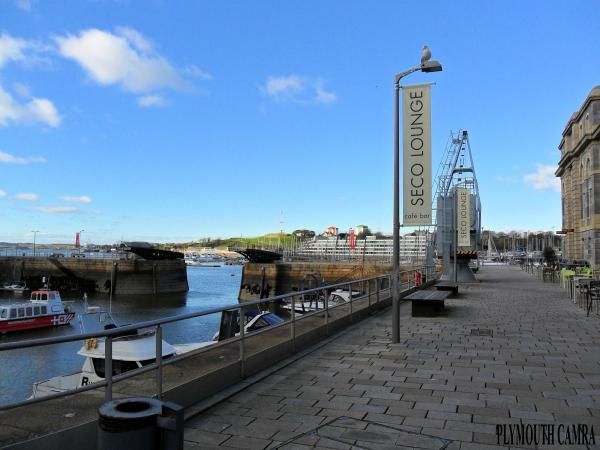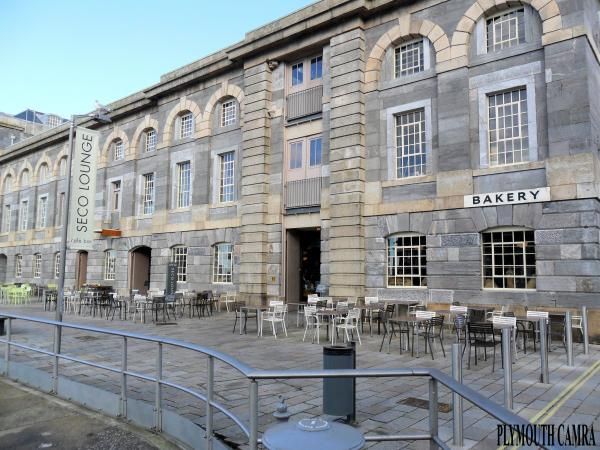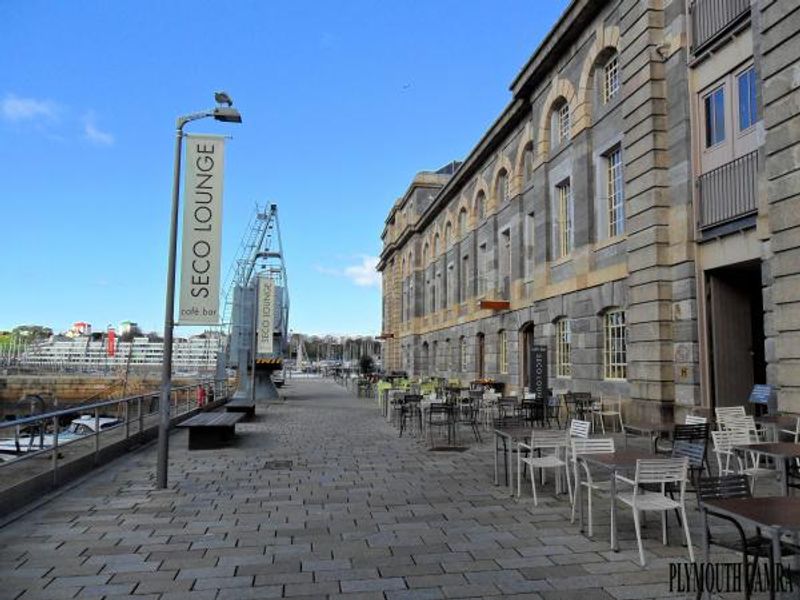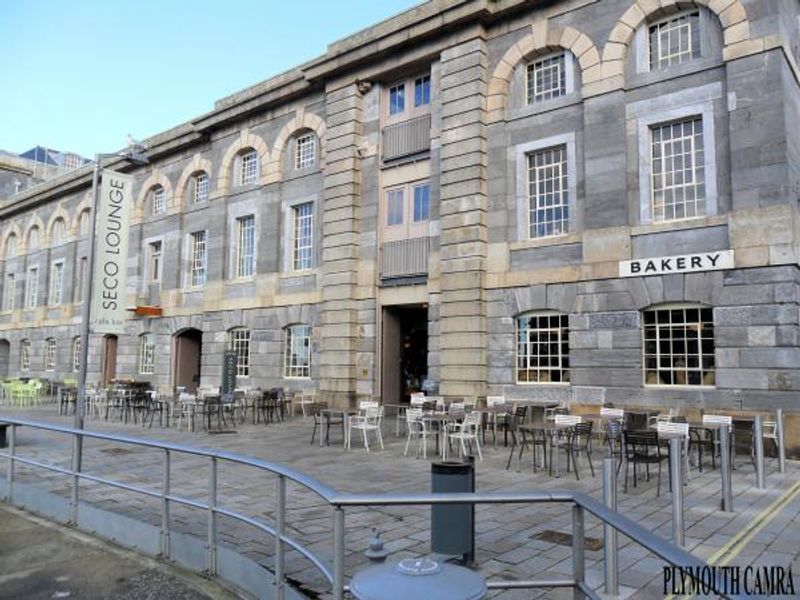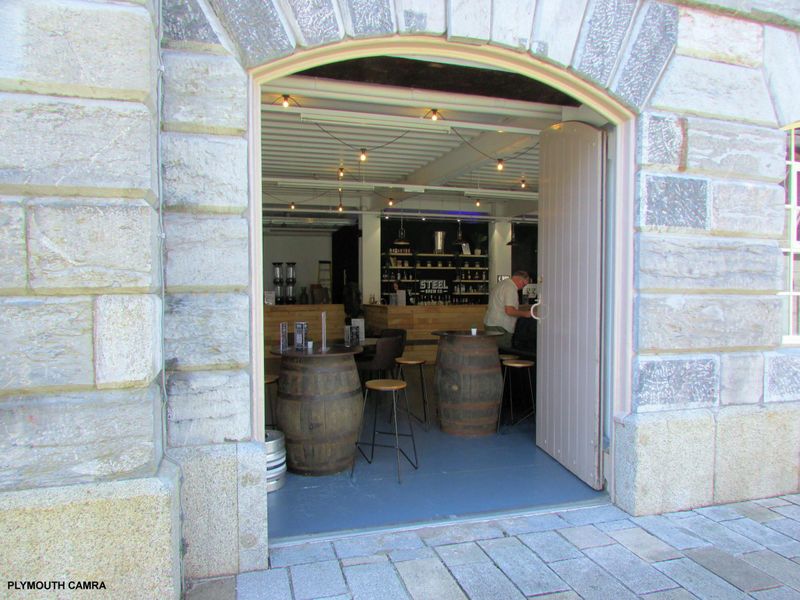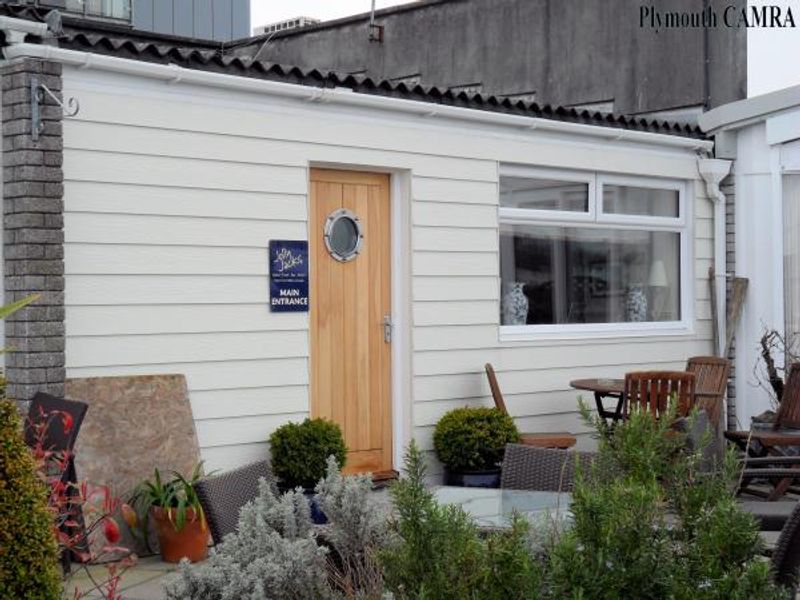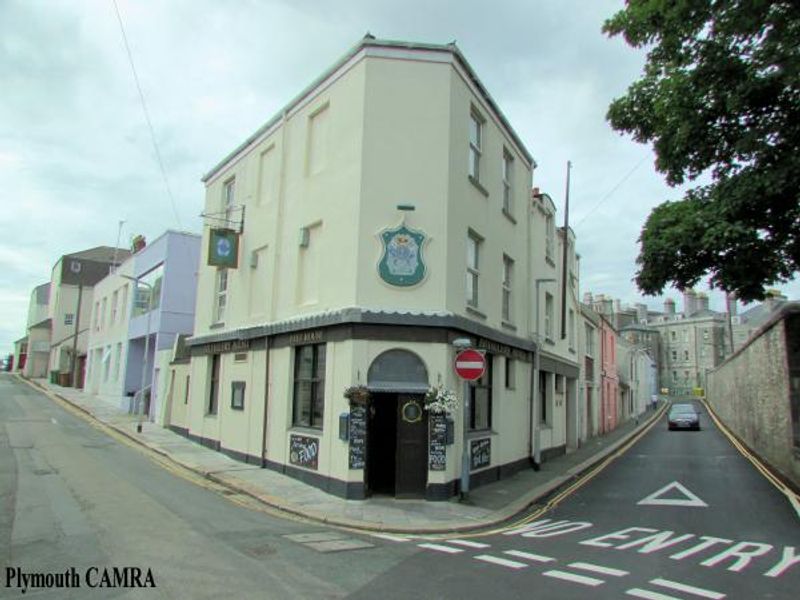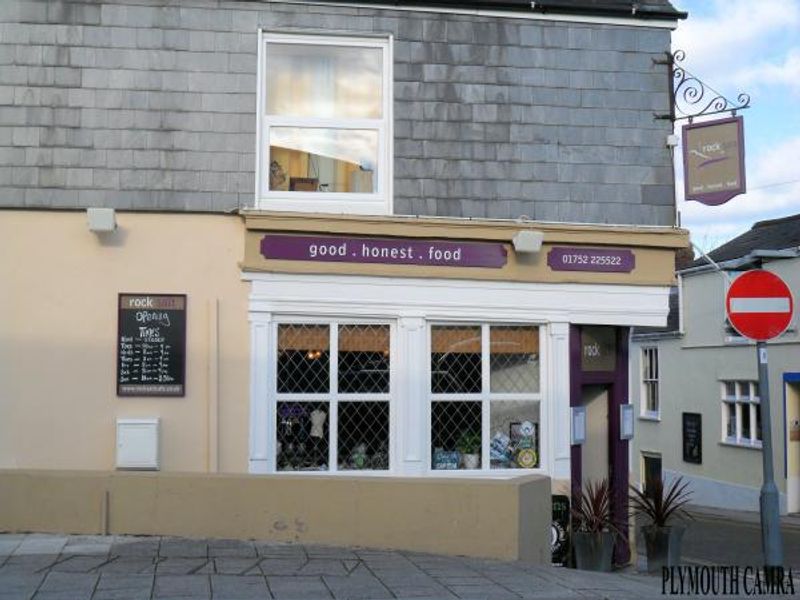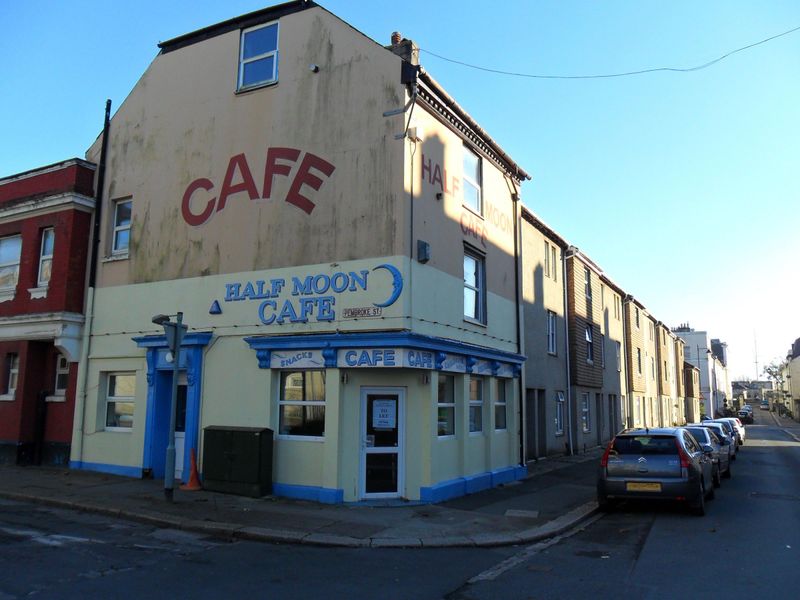Grade-I-listed 13/8/99, interior and exterior listed. List Entry No 137 8532, Legacy System No 473767. PLYMOUTH CREMYLL STREET, Stonehouse Mills and Bakery, Royal William Victualling Yard
GV I
Mills and bakery, stores. 1830-34, by Sir John Rennie Jnr, for the Victualling Board, damaged by fire 1929 and partly re-roofed 1934, bakery and E wing damaged by fire 1960 and rebuilt 1962. Grey limestone ashlar with granite dressings, limestone and granite ashlar internal lateral oven stacks and chimney, and slate, tile and copper sheet roof, hipped to the bakery and mansard over the mill; cast-iron internal columns to timber floors. Late Georgian style. PLAN: square, the NW mill, with projecting central granary with engine and boiler house, with a central courtyard with a chimney and second engine and boiler house, and SE bakery. EXTERIOR: 3 storey bakery, 4 storey mills and 5-storey central granary and engine house section, with attics; 19-window NW elevation, 15-window SE elevation, 19-window sides. All four sides have a granite plinth and banded rustication to a plat band on the ground floor, beneath 2-storey round-arched arcades linked by an impost band, and a heavy cornice; the mill has a further storey with cornice, and the central NW section extends out to the quay with a fourth storey and parapet; segmental- arched ground-floor windows, flat-headed first-floor and square second-floor windows, with mid (20 small-paned metal windows with tilting casements, some replaced by plate-glass sashes and casements. SE front has rusticated granite 3-window pedimented centre with full-height round-arched arcade, central first-floor hoist door and a lunette in the pediment, the outer halves of the flanking ranges are set forward, with central (20 double doors. Sides have granite dressings, the third bay from the SE articulated by full-height banded pilaster strips and containing double hoist doors to each floor. At the N end, the 5 return bays of the mill are one storey higher with a central hoist section as the S end, the E end retains a (19 iron hoist to the third storey, and segmental-arched third storey windows with plain surrounds; the SW side has "MILLS" incised in the plat band at the N end and "BAKERY" at the S. The NW elevation articulated as the sides; the central 5 bay granary projects 2 bays to the edge of the quay, with an open ground floor on rusticated segmental arches, the floor supported by iron columns, rusticated 3-storey round-arched arcades containing flat-headed first- and second-floor windows, the central bay extends up through four storeys with hoist doors. The extra storey extends back seven bays to the fine round central chimney, which has an entasis and slightly flared cap. The granary has segmental-arched small-paned dormers all round. 2 central courtyards have matching fenestration. The bakery has four square stacks with granite tops above the former ovens. INTERIOR: the original internal frame has timber beams on stone corbels and cast-iron columns with bracketed iron pillars, and a queen post roof; there are stone dogleg stairs with iron balusters in either end of the mill and in the W side of the bakery. The former bakery retains evidence of the central wall with ovens each side and has cast-iron doors, but is largely rebuilt internally with reinforced concrete. Between the bakery and the chimney is a central section with fire-proof floor of I-section joists slotted into larger iron beams with parabolic flanges, and stone flags. NW granary has cruciform iron columns with slots for dividing boards, and roof supported by slender iron columns; the central boiler house has two levels of columns bolted together, supporting a fire-proof floor of iron joists slotted into a T -section beam. HISTORY: a very large works integrating mill, bakery, storage and other functions in a striking architectural whole. Originally the bakery had two blocks of 6 back-to-back ovens along the spine wall. The fire-proof floor between the bakery and the chimney supported a drying kiln, and there was a 12 horse power beam engine and boiler house beneath. A 45 horse-power beam engine was to the N of the central boiler house, between the E and W mills. The mill was operational by 1834, but the original machinery was removed to Deptford in 1839, and it was not in use until 1843. In 1846 there were two beam engines driving millstones and biscuit- making machinery. The upper floors of the side ranges appear to have been for drying the biscuits. Remarkably intact for an industrial building, and compared with the equivalent bakery at the Royal Clarence Yard, Gosport (qv), this is probably the largest example of its type. With Melville and the matching Brewhouse (qv), forms the very fine seaward front to Royal William. The Yard is one of the most remarkable and complete early C19 industrial complexes in the country, and a unique English example of Neo-Classical planning of a large state manufacturing site. (Sources: Keystone Historic Buildings Consultants: The Royal William Victualling Yard, Stonehouse: 1994: 60- 78; The Mariner's Mirror: Coad J: Historic Architecture of HM Naval Base Devonport 1689-1850: London: 1983: 382-390; Coad J: The Royal Dockyards 1690-1850: Aldershot: 1989: 282-290).

















